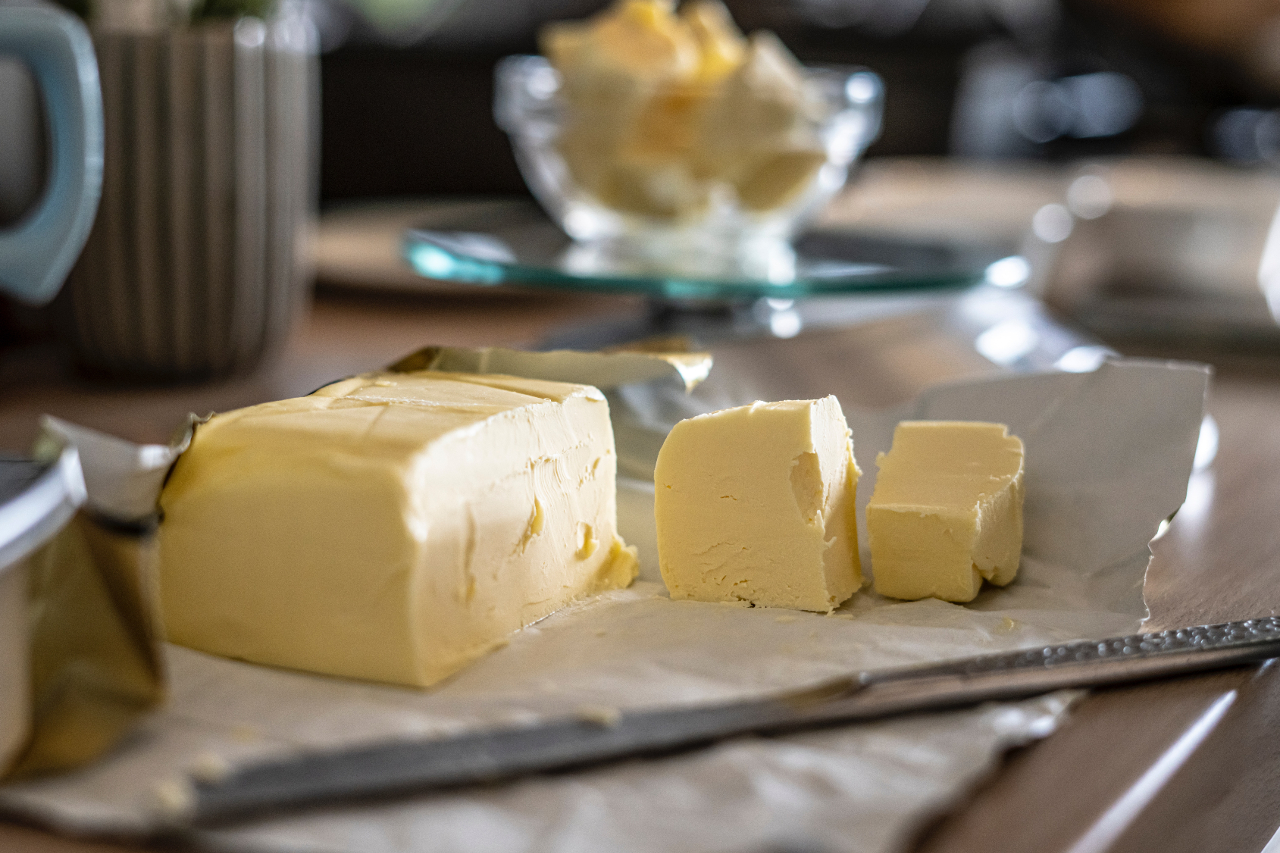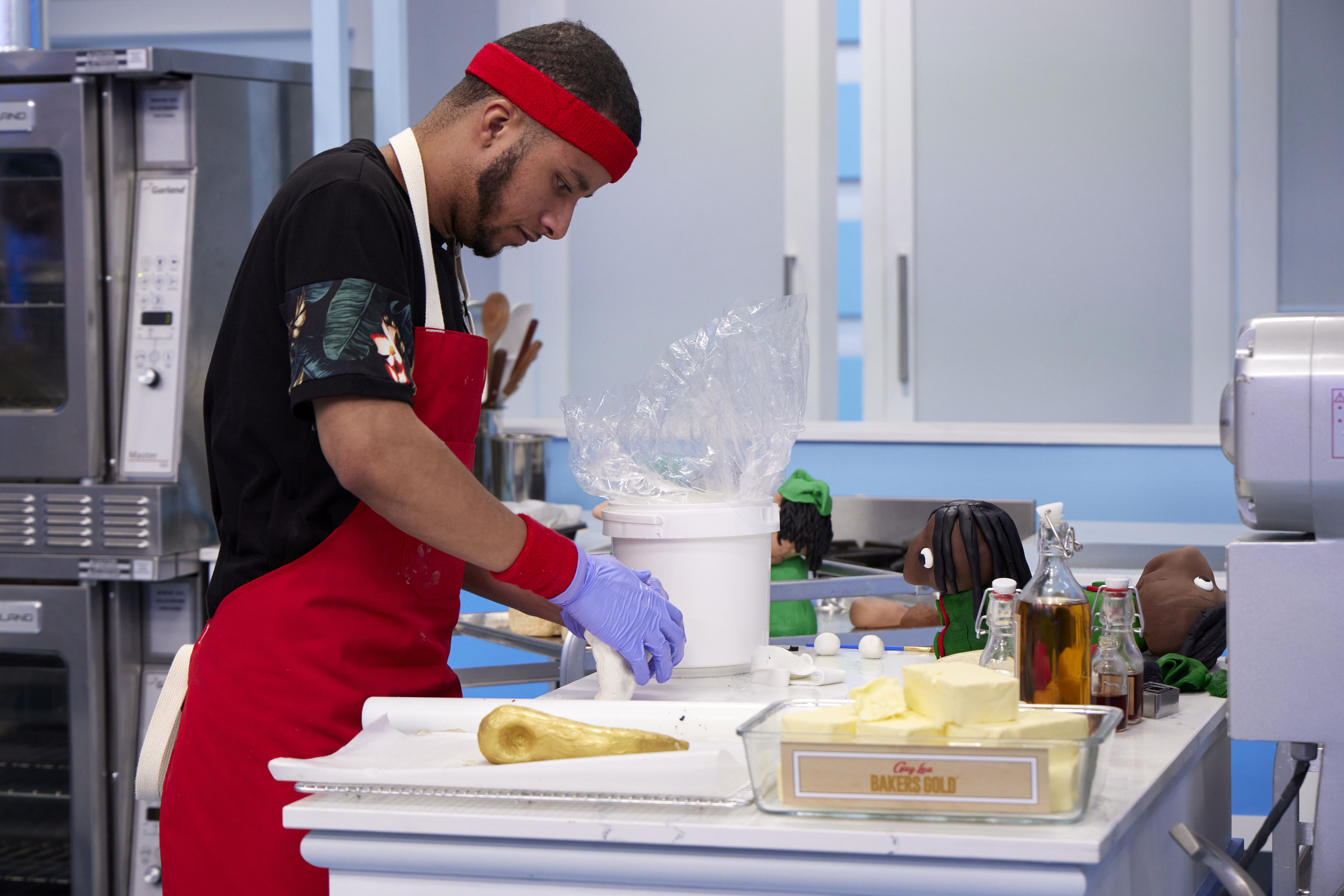
As a baker, you don’t always know when those cookie cravings will hit, or maybe you need to throw together a last-minute birthday cake. You have all your ingredients ready to go, except your butter is still in the fridge or freezer and the recipe calls for it softened. If you’ve ever found yourself in this situation and wondered to yourself, “Does my butter really need to be room temperature to bake with?”, we understand. We’ve all been there, even the talented cooks on who sometimes need to hack it when short on time. Perhaps you’ve even tried a quick fix and put it in the microwave only to end up with a melted mess. Before you proceed, read this guide on everything you need to know to make baking with butter stress-free, even in a pinch.
The Best Ways to Store Butter
Does butter need to be refrigerated?
Firstly, we need to address how to store your beurre. There is some debate about the proper way to store butter as some prefer to keep it in the fridge at all times and others prefer storing it at room temperature for easy spreading. Butter is a dairy product, and like most, should be kept in the fridge long-term. Butter can be left at room temperature for 1-2 days, but any longer can cause it to go off. If you’re storing butter at room temperature, we recommend only cutting off small amounts that you will use within a couple of days (rather than the entire block).
Can butter be stored in the freezer?
If you’ve stocked up on butter at a great sale and won’t be able to use it all before the expiry date, have no fear. Butter can be stored in the freezer for up to a year. A great hack for storing butter is to freeze it in the quantities you’re most likely to use it in. If you use whole sticks of butter, freeze it whole, but if you’re more likely to use it in small pats, cut it up ahead of freezing and store properly in a resealable freezer bag.

Related: The Perfect Pastry Butter Hack, Plus Golden Baking Rules to Always Follow
The Best Ways to Prep Butter for Baking
Should butter be at room temperature for baking?
The reason that many recipes call for room-temperature butter is the texture is ideal for creaming, where it aearates and traps air in the batter. When the batter bakes, the trapped air expands to create a light and fluffy crumb for your baked goods. Recipes that call for room temperature or softened butter need it at approximately 18°C. This will make it the perfect beatable texture for creaming with sugar. To ensure that your baked good has a lovely buttery taste and the best possible texture, we recommend choosing Gay Lea’s Bakers Gold, a preferred choice for its silky feel and rich flavour.
How to bring butter to temperature
To bring refrigerated butter to room temperature, set it out on your counter to soften for about one to two hours, depending on the temperature of your kitchen, before you’re ready to bake. To test that your butter is softened, give it a poke. It should feel cool to the touch and make a small indentation, but not be so soft and greasy that your finger slides around.
The best way to soften butter quickly for baking
Sometimes you don’t have the luxury of planning ahead when baking. If you need to get your butter to room temperature quickly, try this hack that will have your butter ready to go in under fifteen minutes. Put water in a microwave-safe cup or bowl and microwave for two to three minutes. While that’s in the microwave, cut your butter into small pats and place on a dish. Be sure to place the pats in a single row, do not stack them on top of one another as that will make them soften unevenly. Remove the hot water from the microwave and quickly pop in the dish with your butter without turning the microwave on. Wait about ten minutes for the radiant heat and steam to soften your butter. Voila! Your butter should be the ideal softness for baking.
To make your baking nights speedier, make sure you always have your baking essentials in your fridge and pantry. We recommend having a bar or two of Gay Lea’s Organic Unsalted Butter on hand for versatile, high-quality results no matter what you’re baking. 84% milkfat content means a high-quality taste and results, plus unsalted butter is the best choice for any baking recipe.

Pexels
See More: Take This Quiz to Determine Your Next Fall Bake
The best way to defrost frozen butter
As mentioned earlier, butter can last up to a year in the freezer if stored properly. The easiest way to thaw out frozen butter is to allow it to thaw overnight in the fridge, and then bring it to room temperature when you’re ready to bake with it. If you need the butter to get to room temperature quickly, another great hack is to use a microplane or cheese grater and grate the butter into fluffy shreds. The smaller surface area will help the butter thaw more quickly, taking just minutes as opposed to hours, plus the shreds make the butter easy to incorporate into the batter.
The best way to melt butter for baking
The best way to melt your butter is on very low heat while stirring occasionally in order to avoid burning. Cook on a stovetop over low heat, stirring occasionally, or in a microwave on low power (40 percent or less) in 10 to 30-second increments, stirring occasionally, until melted.
Now that you’ve got a handle on the basics of storing and melting butter, read the best types of butter for every baked good and try your hand at making the perfect buttercream.
Watch The Big Bake on Food Network Canada. The Big Bake is also available on the Global TV App and STACKTV with Amazon Prime Video Channels, fuboTV, Rogers Ignite TV and Ignite SmartStream.
